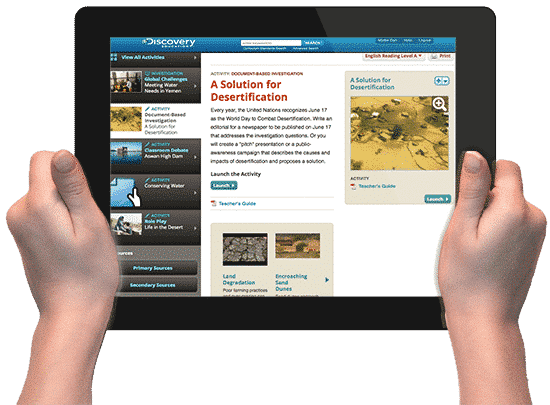Digital textbooks were supposed to revolutionize and equalize education. By enabling access to uploaded, updated materials to students around the world, schools and families alike could be spared at least some of the expense that typically goes along with printed textbooks.
So what happened? The widespread, world-changing adoption that the industry foresaw for so long has not materialized, at least not in the scale that early supporters envisioned. While digital texts and professor-authored online materials are making their way into classrooms at every level, they certainly haven’t replaced the printed and cost-prohibitive editions.
The only way to enact that kind of change is to do what a number of schools are doing with non-profit organization OpenStax. The library of free online digital texts not only exists to enable students to look for digital editions of required materials; instead, a number of schools are actually selecting their course materials based on the availability from OpenStax.
It’s a cart-before-the-horse approach, but it’s the only one that makes sense. With the abundance of materials on every subject already available, it’s just logical to sift through the OpenStax catalog, select the appropriate course materials, then direct students to those materials.
It’s also a model that appears to be working. According to a report by Publisher’s Weekly, more than two million students used OpenStax last year alone. When combined with students using other platforms for the same function, the number of digital textbook users–free or otherwise–becomes even more promising. Considering there were around 16 million students enrolled in colleges and universities across the US last year, this report shows that there is both a lot of headway being made but also a lot more improvement yet to be reached.
Mercy Pilkington is a Senior Editor for Good e-Reader. She is also the CEO and founder of a hybrid publishing and consulting company.
